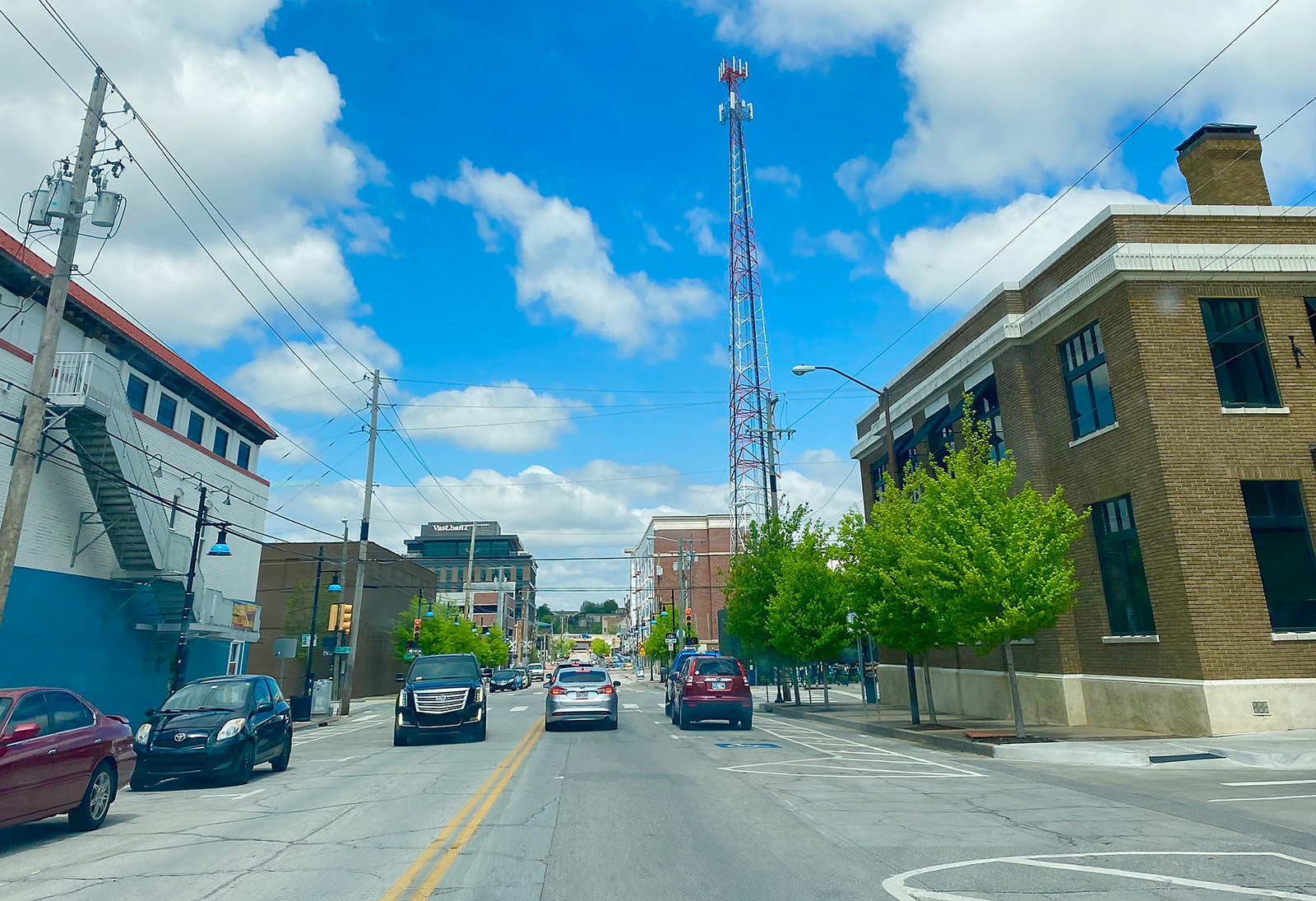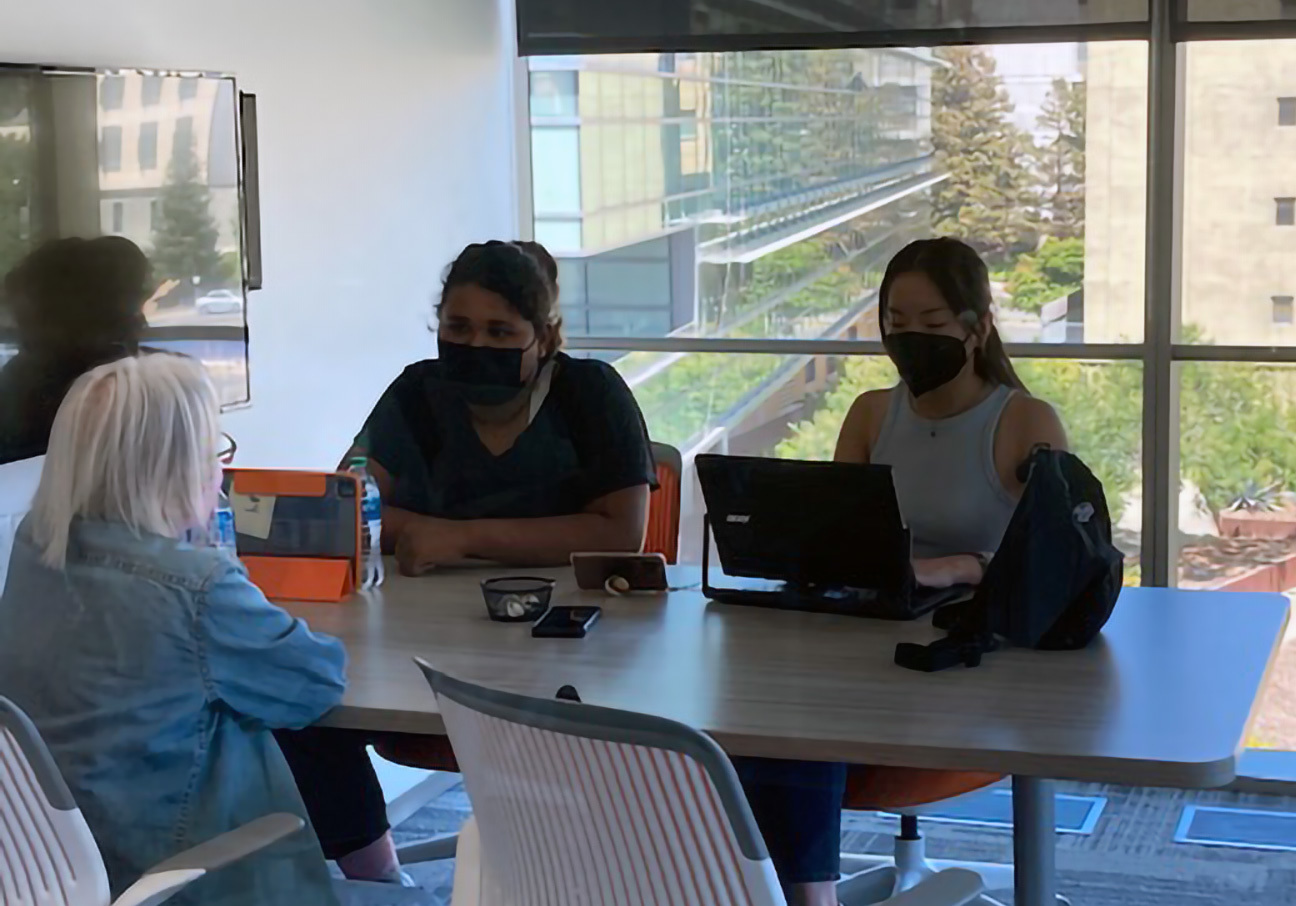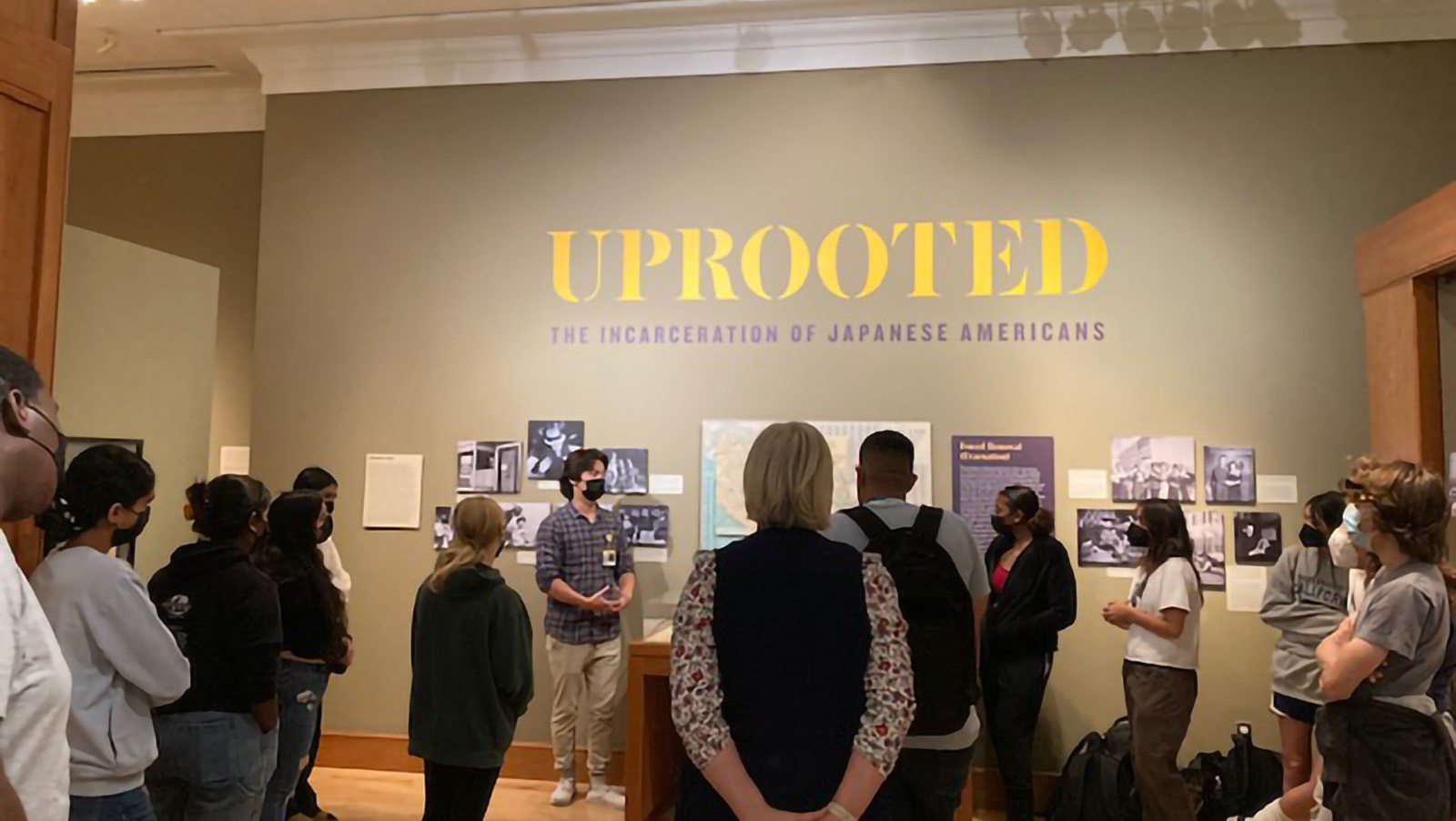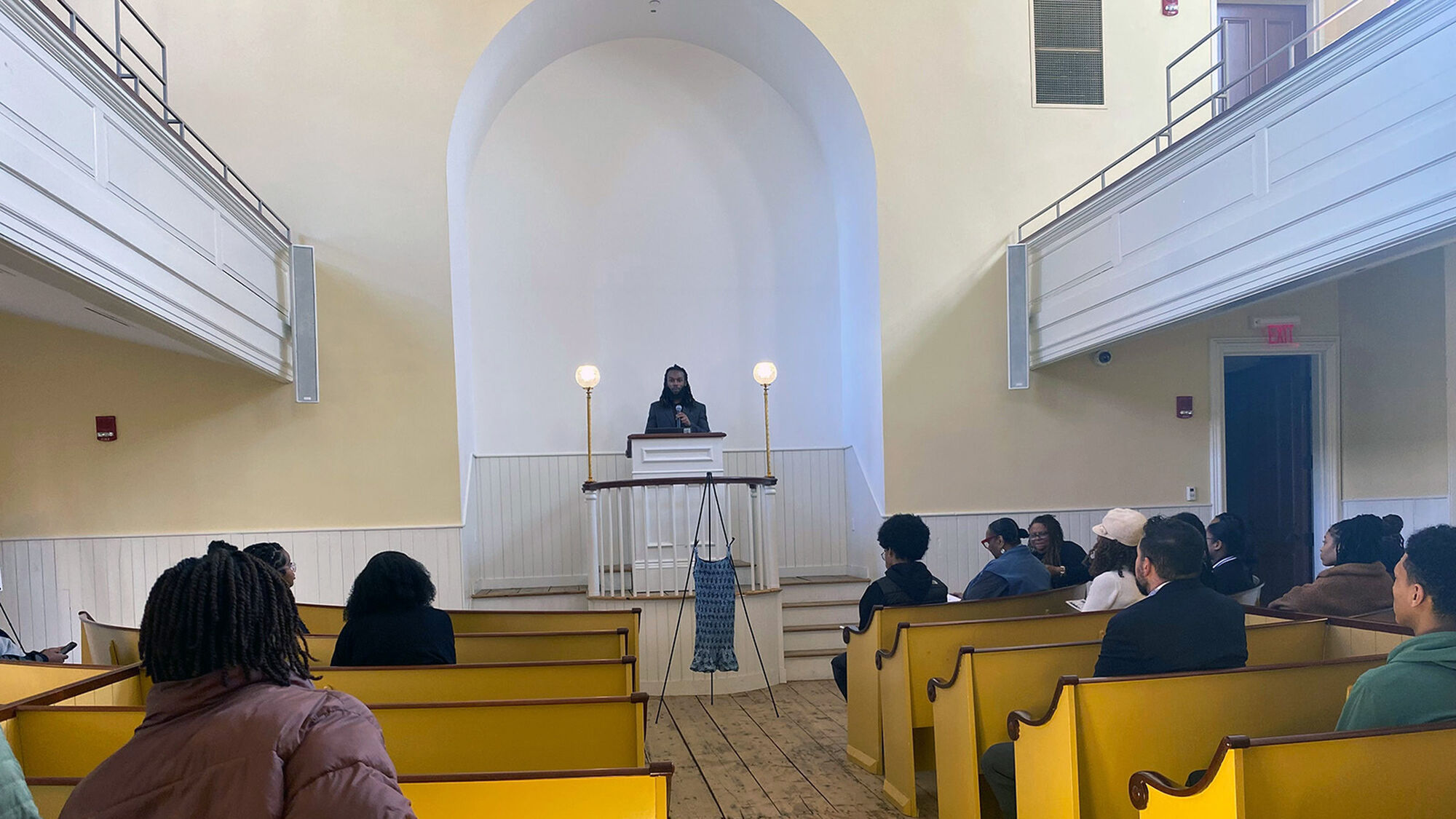By Paul Oh
There is the history we’re taught in school. Usually a progression of events—western expansion, The Civil War, the Civil Rights Movement—that seem to lead inexorably to the present moment.
Then there is the history we discover for ourselves. The events that surprise us both because they were left out of the history textbooks we read in school and because of what they say about our society then and today.
The National Writing Project's Building a More Perfect Union project gave young people in four different parts of the country the opportunity to discover for themselves a hidden history in their communities and, empowered by that knowledge and the tools and resources to uncover it, relay that history to others, from teachers to grandparents to national conference attendees.
As a result, students uncovered slavery on a plantation that sat in what is today one of New York City’s largest parks; carefully examined, and then added to, the collection of Boston’s Museum of African American History; studied the long-buried 1921 Tulsa Race Massacre and Greenwood district, a prosperous Black neighborhood that was set afire by a white mob; and interviewed elders from the Bay Area who described their experiences enduring injustices such as incarceration during World War II due to their Japanese heritage.
Enslaved African Burial Ground Hidden in Plain Sight
New York City’s Van Cortlandt Park—at 1,163 acres, a third larger than Central Park—is a magnificent green space tucked in the northwest corner of the Bronx. It’s known for its many hiking and walking trails and recreational facilities. Less known is the fact that the park sits on what was once a plantation and that enclosed within the park is the burial ground of enslaved people.
The New York City Writing Project aimed to surface that untold history by introducing high school students to the Enslaved African Burial Ground through a collaboration with the Black Gotham Experience and the Van Cortlandt Park Alliance. But more importantly, the “A More Perfect Bronx History” project encouraged those students to take on the mantle of historian and educator—to make this hidden history known to their peers, teachers, and the public. They did this by interviewing and conversing with park attendees, developing digital artifacts, and presenting their work at a conference at nearby Lehman College, home of the NYCWP. They imagined how the history of the park could be better taught and become part of the history of the Bronx and New York, and then set out to turn their ideas into reality.
As an example, when visiting the burial ground for the first time, the students were shocked by the lack of attention it had received. They noted at the time that the signage felt temporary and was not in keeping with what they saw at other cemeteries, including the nearby Kingsbridge Cemetery, also inside the park’s grounds. The students were encouraged to consider how they could improve the site, marking it as sacred ground while educating park visitors, students and teachers about the place and history.
“The nature of the history of US slavery is incomplete, imperfect and inaccurate,” said NYC Writing Project Director Jane Kehoe-Higgins. “We learned that we needed to gather knowledge in ways that did not adhere to the traditional processes of academic research and reporting. We learned that we needed to be open to each encounter and find ways to synthesize knowledge as we picked up morsels of information from each person we spoke with while following the paths of both enslaved Africans and free Blacks.”
“Hungry to Learn About Us”
What does it mean to be Black in Boston today? That was the question put to participating students and teachers from area schools at the start of “Writing Boston’s Future.”
Using Boston’s Museum of African American History as a focal point, the group—students and teachers learning together, side-by-side—began by delving into the past to better understand the current moment. Their responses to that question—artifacts they created during the Writing Boston’s Future learning experience—have now become part of the museum’s archives. The artifacts, which run the gamut from paintings to digital photo collages, were presented during an event at the museum open to the public and the group has been invited to showcase its work during the NAACP’s 114th annual convention in Boston this summer.
“The fact that we can continue to learn from the Museum and the history it has to offer excites me,” wrote one student about the experience. In many cases, the students began the project unaware of the museum’s existence. Another said, “I feel pretty good – not gonna lie. I feel fulfilled and somewhat accomplished!”
And a teacher participant added: “I think there is great value in … people of diverse stations in life—students, teachers, artists, professors, community advocates—all on the same footing. This could be called the ‘Meeting House’ model of education.”
Perhaps most importantly, the project led to genuine and deep community interest. Leaders from the Boston Writing Project recount that one student’s grandfather praised the entire endeavor, saying that his granddaughter was “working harder this summer than she did all during the school year” and talking to her family about their past experiences in Boston. Then, he added: “When can people from my generation learn more about this history that we were never taught in schools? I’m hungry to learn about us!”
The Tulsa Race Massacre
"Why has the Tulsa Race Massacre been neglected in our education system in Oklahoma and been glossed over in history?" asked a student during one of six field trips to the Greenwood district in Tulsa, Oklahoma—the “Black Wall Street” that in 1921 was destroyed by White rioters, an event that led to the deaths of hundreds.
The Oklahoma State University Writing Project’s “Writing the Past, Changing the Future: A Century of Learning the 1921 Race Massacre” pointedly shed a light for student and teacher participants on this overlooked, tragic episode in US history, one which for decades was not even acknowledged to have occurred.
“What was both surprising and telling about these field trip experiences was often not the questions from students, but from the administrators, aides, and bus drivers who chose to accompany the students on the tours just to learn more history they were never taught,” said OWP Director Shanedra Nowell. “Just like the teenage students, they questioned why this history was hidden from them as well.”
Over 300 students and a dozen teachers visited Greenwood cultural centers, monuments, and museums during their excursions, then created artifacts and displays to showcase to their peers the history that they uncovered. One such display was placed front and center in a school during Black History month in February. Other groups created displays for their respective libraries. And one hosted a schoolwide social justice conference where students shared their findings and work. Teacher participants also created shareable lesson plans that delve into the history and impact of the Tulsa Race Massacre.

All this despite the current efforts to curtail examinations of race and its connection to historical events. In fact, just before OWP began this project, Oklahoma passed House Bill 1775, an anti-critical race theory law. “After two districts' accreditation was downgraded over the summer following supposed violations, districts were left to guess at what would be perceived as a violation by a Governor-appointed board,” Nowell said.
To support teachers in this environment, OSUWP has created teaching kits about the Greenwood District and the events of 1921. “With so much apprehension around teaching about race and racism, we feel we can provide teachers and students with resources schools may be fearful to purchase,” Nowell explained.
A Multigenerational Oral History Project
Northern California’s Bay Area has transformed itself many times over the years. To make that history apparent, The Bay Area Writing Project collaborated with a number of community organizations to pair student interviewers with local elders.
The result was a series of interviews that illuminated the Bay Area’s vibrant past while providing intergenerational connections for the students and interviewees.

To prepare, the students learned more about their elders' experiences and received interviewing tips from an award-winning podcaster and documentarian from the local public media station KQED. The students studied oral history genres, experienced library exhibits featuring oral histories of Japanese American incarceration during World War II, and visited “Question Bridge: Black Males,” a conversational art installation at the Oakland Museum of California.

Among the local community groups that helped make elders available for interviews were the Black Gold Storytellers, the National Japanese American Historical Society, the Oakland Senior Center, and the Oakland Asian Cultural Center. Altogether, the project collected 16 oral histories from elders, which were woven together with images, poetry, and maps.
The elders were invited to a showcase of the oral histories after which, one commented: “Thank you and your team for including me in your elders interview project. I thoroughly enjoyed myself this morning and left with a sense of elation. Each of the student interviewers impressed me. They were personable and put me at ease. They had done their homework and knew more about me than I had anticipated. Their questions allowed me to recall experiences I had not thought of recently, and they made me reflect on how much I have enjoyed my life: its challenges as well as its accomplishments.”
By the same token, the students also appreciated the experience. "I enjoyed interviewing our elder because their story was very intriguing to both listeners, and us interviewers," one student interviewer remarked.
Across these four distinct landscapes, and four unique historical situations, the power of student voice and activism did indeed make these otherwise hidden histories part of our more perfect union.
The Building A More Perfect Union program was made possible by the American Rescue Plan: Humanities Grantmaking for Organizations at the National Endowment for the Humanities (NEH).

